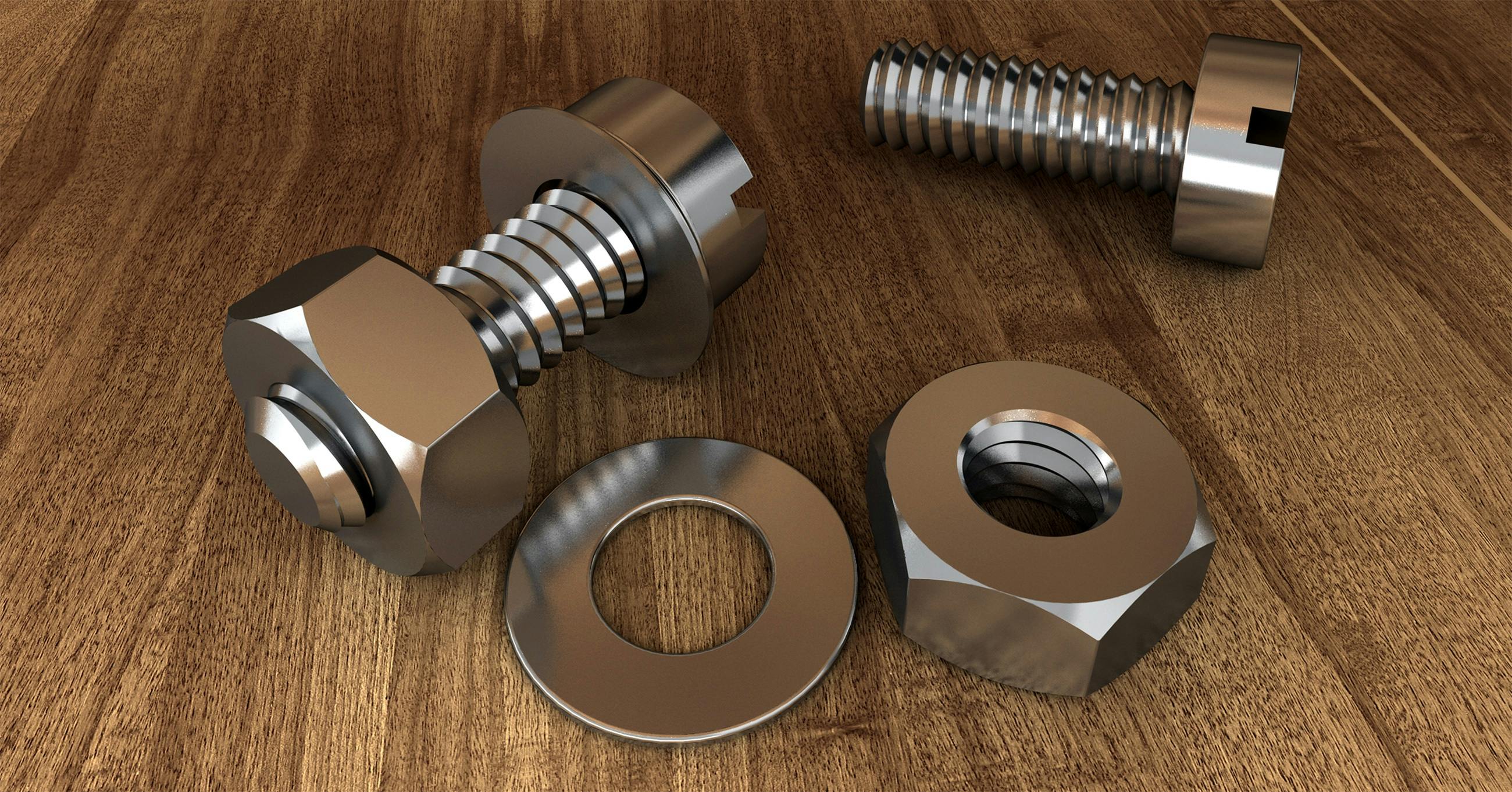Is it a good idea to multitask? Studies of the impact of cell phone use on our ability to focus on complex tasks like driving, operating machinery, or walking show that the brain doesn’t multitask quite well, even if the inputs are processed in different areas of the brain.
Juggling tasks that require cognitive, creative, or problem-solving skills only compounds the negative impacts of multitasking: reduced productivity and increased stress. If your job requires mental effort, and almost all modern jobs do, then breaking the habit of multitasking is essential. Here are some ideas to help you cut down on your multitasking, so you can focus more and get more done:
1. Organize your day
Organize your day into focused blocks of ninety minutes to three hours of work, no less and no more. Choose a topic for each block: business development, problem solving, management, marketing, production, design, planning, etc. Group your tasks to execute the ones related to the topic during the allotted block of time. If other ideas come up, keep a small notebook handy to jot them down (the “idea park”) and then go back to what you were doing. You’ll find that as time goes by, you’ll experience fewer thought interruptions. Grouping your tasks into topics allows you to concentrate with maximum efficiency.
2. Minimize context switching
We call it multitasking, but it’s really time-splitting: focusing on one task for a moment, then pausing it to switch to the other task. If the tasks are very different, it takes time for your brain to switch from one task to another. Context switching time can take between one and sixty minutes, depending on how focused, creative, or analytical you need to be to accomplish the task. That is why multitasking is not efficient. By grouping similar tasks into topics and executing each task in a serial order (one after the other), context switching time between tasks is minimized and productivity soars.
3. Control external interrupts
Responding to external interruptions, such as phone calls, emails, or colleagues, breaks your focus and triggers context switch delay. Suppose your context switch time is five minutes per interrupt: this time adds up fast! Let your voicemail answer your calls. Close your office door or put up a “Do Not Disturb” sign. Discipline yourself to check and respond to email and voicemail no more than two to three times a day, outside of your focused work periods. This should be enough even for those who expect instant replies to messages. You may need to reset the expectations of your co-workers or clients by letting them know what hours you are available to answer calls, but they will appreciate your professionalism.
4. Create a space to focus
Space is an important element of the approach. Create a physical work area distinct from your living area, so that when you go to your work area, it’s a signal to your brain that you’re now in work mode. Organize your work area to minimize outside distractions. I recommend using a good quality pair of noise canceling headphones, with or without the right music. Dressing for your work periods, even when you are at home, is another powerful signal. I also have different locations for different topics: client work is done in my home office, and creative work is done in a local coffee shop (where I wear my noise-canceling headphones).
As you learn to break your multitasking tendencies and maximize your focus, you’ll minimize distractions, reduce context switching time, and get more done with less stress.



